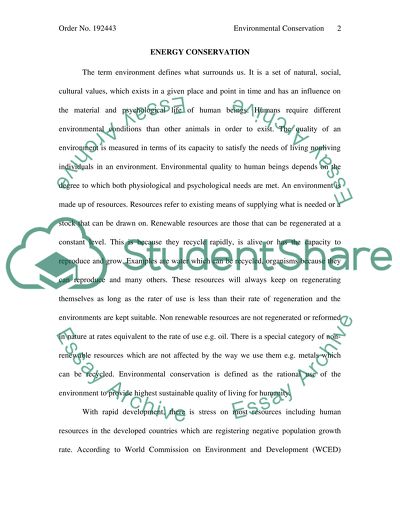Cite this document
(Environmental and Energy Conservation Coursework, n.d.)
Environmental and Energy Conservation Coursework. https://studentshare.org/environmental-studies/1500744-environmental-conservation
Environmental and Energy Conservation Coursework. https://studentshare.org/environmental-studies/1500744-environmental-conservation
(Environmental and Energy Conservation Coursework)
Environmental and Energy Conservation Coursework. https://studentshare.org/environmental-studies/1500744-environmental-conservation.
Environmental and Energy Conservation Coursework. https://studentshare.org/environmental-studies/1500744-environmental-conservation.
“Environmental and Energy Conservation Coursework”. https://studentshare.org/environmental-studies/1500744-environmental-conservation.


